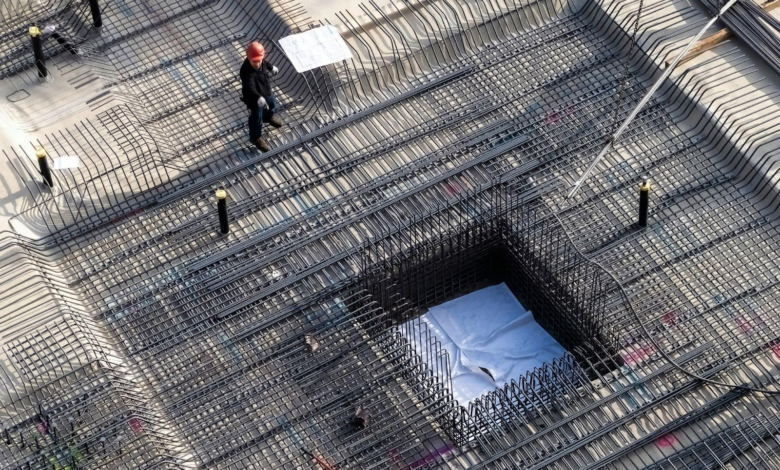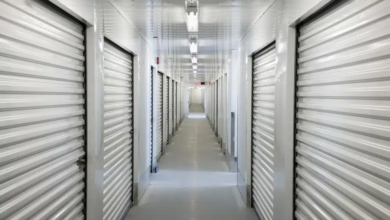The Complete Guide to Basement Waterproofing: Interior vs. Exterior Solutions

Basement leaks impact over 60% of American homes, so waterproofing is one of the most important investments a homeowner can make. Whether you are contending with some seepage or basement water, deciding whether to pursue an interior or exterior waterproofing method can greatly affect cost and efficacy. Both of these have some clear advantages and shortcomings you should know before everything else. There isn’t a one-size-fits-all answer to waterproofing – the best solution for your home depends on several factors, such as where water is entering your home, soil conditions around your foundation walls, accessibility and cost.
Understanding Water Intrusion Sources
Before you open up the phone book for a waterproofing contractor, figure out where the water is getting into your basement. Typical sources of water include that from foundation, rats with a forgotten faucet left running or just common leaks. Hydrostatic pressure is when water saturated soil sits around your foundation and surface water problems are often caused by inadequate drainage or poor grading around the perimeter of your home.
Exterior Waterproofing: The Comprehensive Solution
- How It Works: External systems establish a barrier on the outside of foundation walls, halting water from reaching the structure to begin with
- Methods Used: Dig down along foundation and around, use of waterproof membrane or coating, drainage systems and sump pumps. The vast majority of current exterior systems use sophisticated materials, such as polyurethane waterproofing and bituminous waterproofing which are durable and long-lasting
- Best For: New construction, severe water problems, and situations where you need long-term protection
- Longevity: Typically lasts 20-30 years with proper installation
See also: Ownership Structure: Understanding Business Hierarchy & Stakeholder Control
Interior Waterproofing: The Accessible Alternative
Interior systems control water that has made it inside your foundation, redirecting it away before any damage is done. These solutions include, but are not limited to, basement wall sealers, interior basement drainage systems and sump pump installation. Interior wall waterproofing now frequently utilises advanced construction chemicals and coatings that allow building materials to not only breathe, but also resist water dislocation. Not to mention, resin floors offer waterproofing as well as durability in basements spaces, making them an ideal antidote that could kill two birds with one stone when it comes to managing moisture and protecting surfaces. Interior waterproofing is not as complete a solution as exterior solutions, but it may leave you with just enough in your pocket to fix any cosmetic damage water has caused on the interior of the house.
Cost Comparison and ROI
Exterior waterproofing can run $15,000-$30,000 for the average home because of excavation needs. These interior solutions are, generally, $3,000 – $8,000 (upfront) more cost-effective. But in most of the times, the outside systems will provide more long-term value because they solve cause rather than treating symptoms. When you are evaluating your options, keep in mind increases in property value as well as the money you will save on preventable damage.
When to Choose Each Method
Opt for exterior waterproofing if you’re experiencing extreme hydrostatic pressure, are constructing a new building or require foundation repairs. Interior methods are typically great for minor leaks as they can be installed in areas that aren’t accessible to excavation, because there is landscaping or structure already on the ground or even as a temporary solution while formulating more substantial repair plans.
Professional Assessment Importance
A reputable waterproofing contractor will need to inspect the your conditions before offering suggestions. They may be able to spot water sources, test the soil or tell you whether your foundation can handle interior renovations. Professional evaluation insures you spend your money on the perfect solution for your home- at the best price.
Wrapping Up
There is a time and place for both interior and exterior waterproofing solutions when it comes to managing moisture effectively. The former provide a far better long-term protection because water entry is largely stopped before it can enter the home rather than after and offers an indefinite prevention as opposed to many of the basement waterproofing methods. The right choice for you will depend on your own circumstances, budget and long-term plans for the home. A talk with some waterproofing experts will guide you into choosing which solution will best protect your investment.





